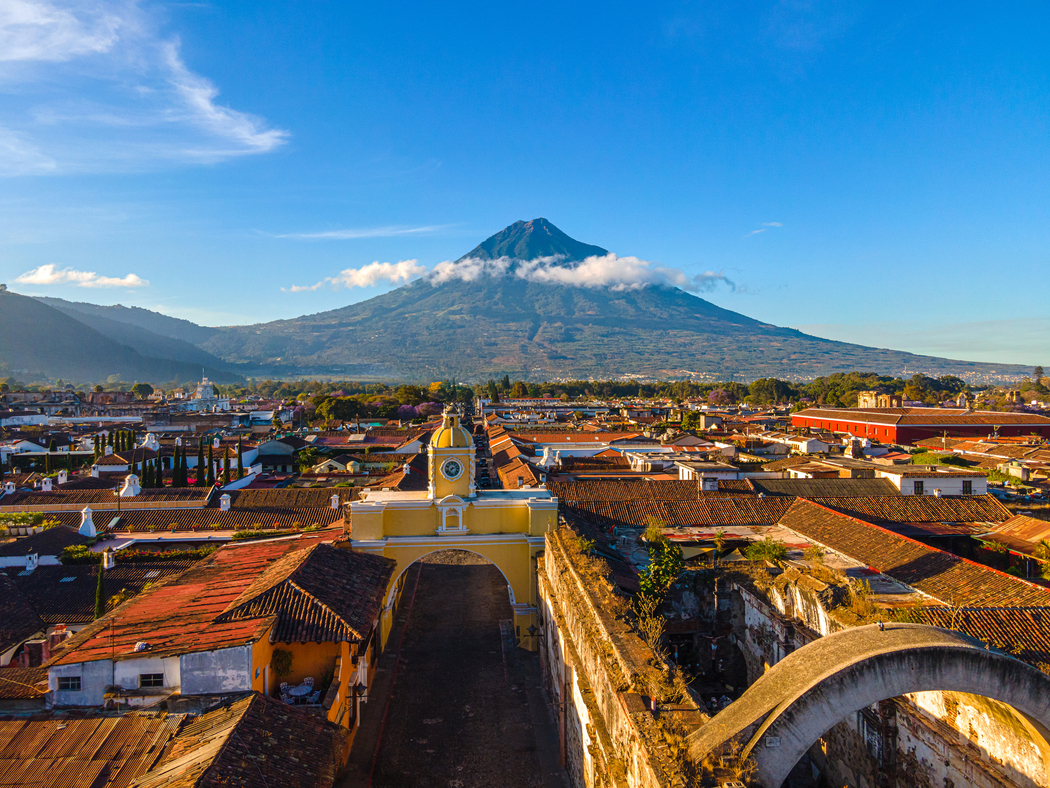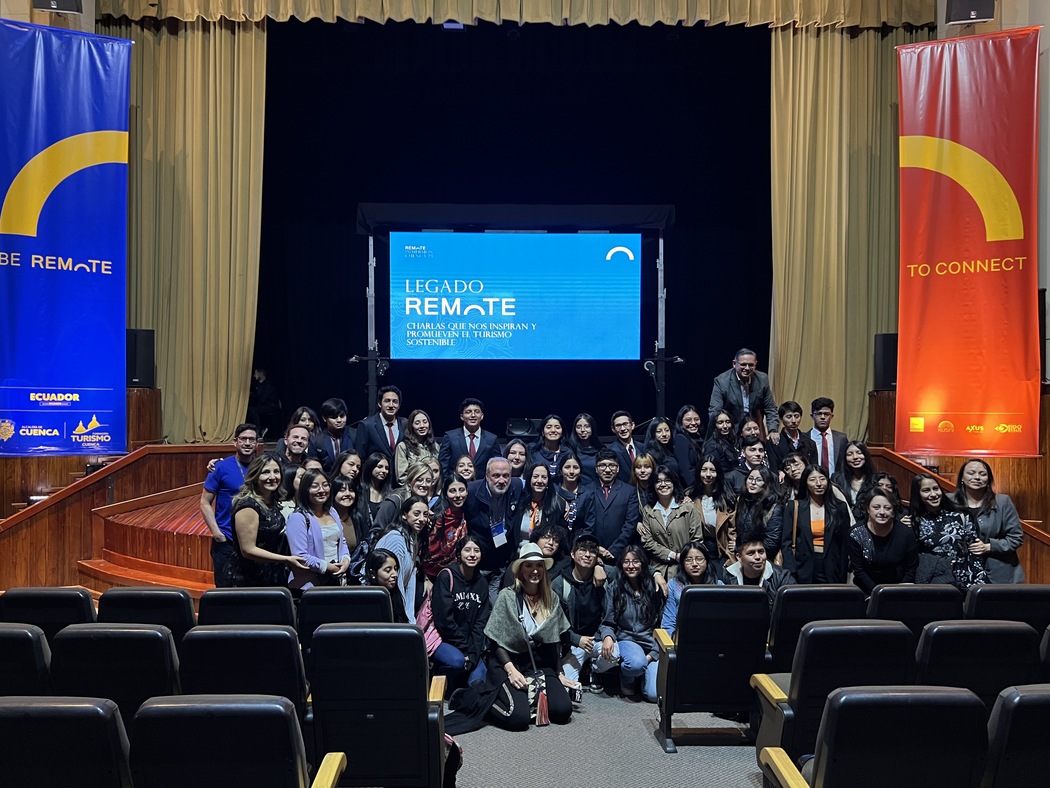Visiting Cuba is a unique opportunity to delve into the history and culture of this captivating Caribbean island that welcomes visitors with its blend of contrasts between past and present. But it is through music that the country best expresses itself. The diverse rhythms of Cuba are the result of a series of ingredients: influences from different countries, talented artists and investments in culture. The encounter of indigenous peoples, Spanish settlers, enslaved African people and Latin American neighbors have given Cuban music a unique voice.
In 1997, Buena Vista Social Club took the world by storm with an album, concert and documentary that featured some top Cuban musicians. The world has been paying attention to the country’s music ever since. But Cuba has been producing authentic music for centuries.
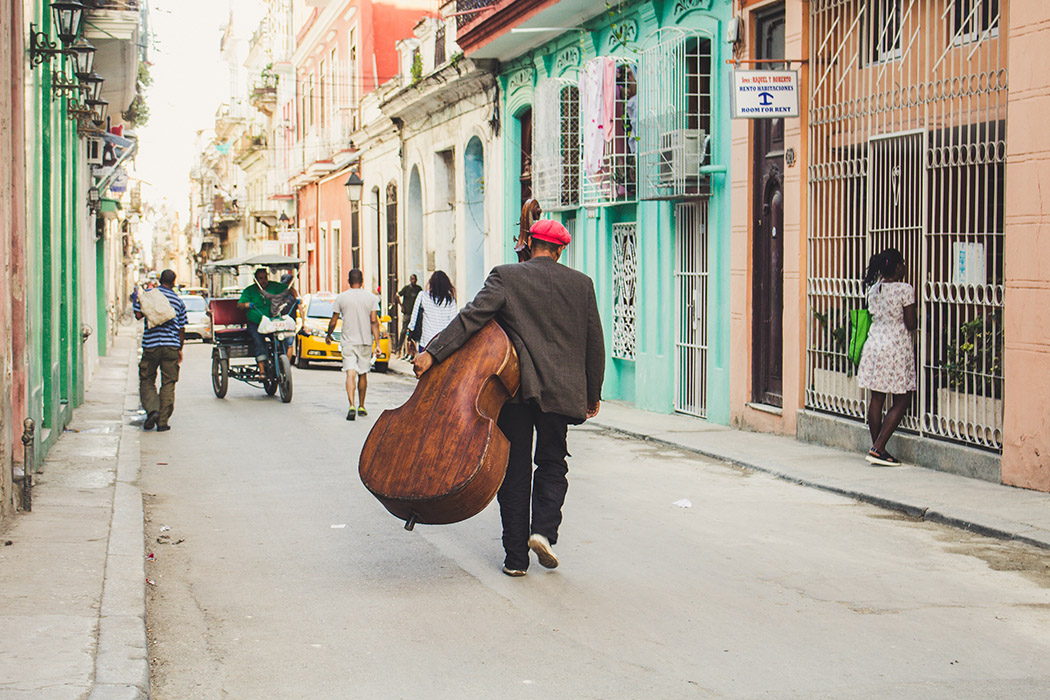
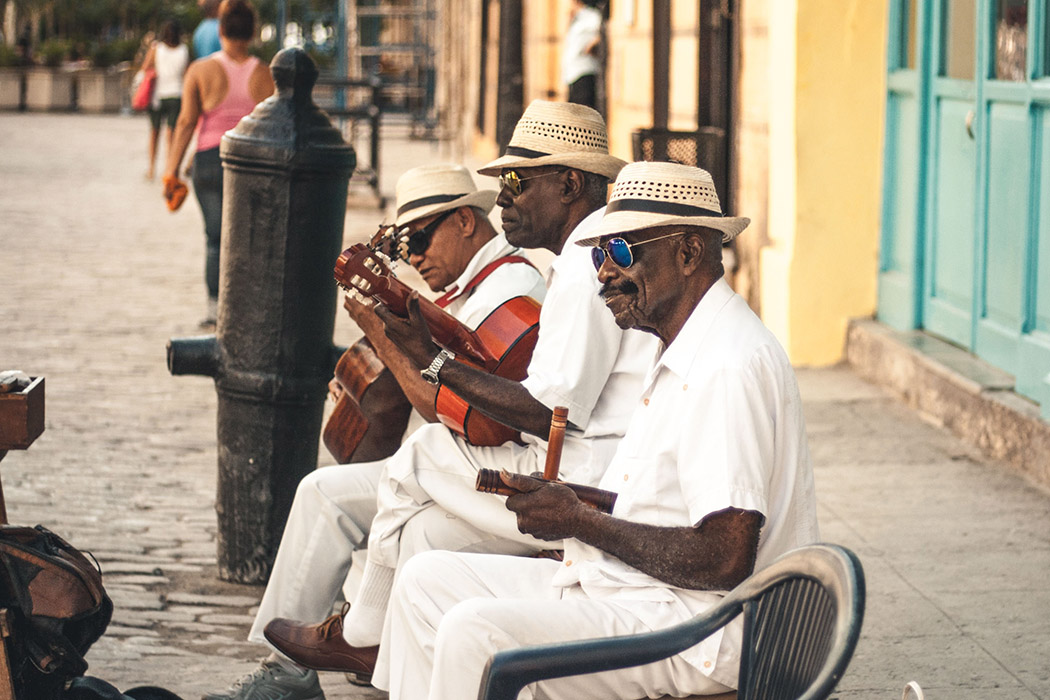
Walking the streets of the old city of Havana feels like a trip back in time, as you let yourself be carried away by the live sounds reverberating from the bars and restaurants on every corner. Good music is ubiquitous in Cuba’s capital, as it is in the country in general. Talented musicians are frequently seen in groups, dancing, singing and playing instruments that reveal the plurality of Cuban music: the Spanish guitar, the European trumpet and the African-adapted congas, güiros, claves and maracas blending together in perfect melodies.
Salsa, rumba, reggaeton, son, trova, jazz, bolero. For foreigners, it’s difficult to differentiate between the genres. And with so many new musical styles emerging, driven by younger musicians’ access to the internet, it’s virtually impossible. Cuba is a fertile ground for new rhythms and they don’t necessarily need a name. Genres are combined and set apart, making for endless new shapes and sounds.
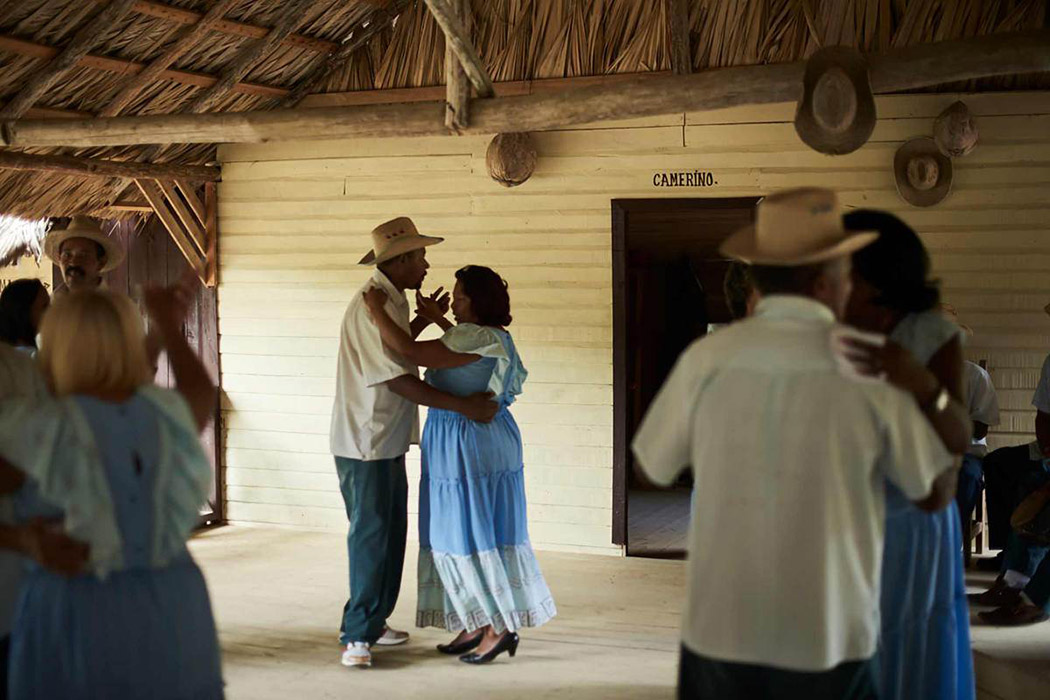
Where can you listen to good music in Cuba?
The answer to this question could easily be “everywhere.” Still, we selected some places that music lovers shouldn’t miss.
Calejón de Hamel, Havana: a narrow alley in Havana dedicated to murals by painter Salvador Gonzáles where Afro-Cuban folklore and live music performances often take place.
Fabrica de Arte Cubano, Havana : a multicultural space in the modern neighborhood of Vedado where locals and tourists can enjoy live performances, rumba and salsa classes, movies and art exhibitions .
Casa de la Trova, Santiago de Cuba and Baracoa: Each of Cuba’s majpr cities have their own Casa de la Trova, which is a state-run music salon dedicated to folk music. But the affiliates located in the musical cities of Santiago de Cuba and Baracoa are especially dynamic..
Pinar del Río : La Guarapachanga is a music festival held every April in celebration of the music and artists of Pinar del Río, a province in western Cuba. During the pandemic, the festival took place online ( https://guarapachanga.com/ )
Matanzas : the music and dance in Matanzas, a city on the north coast, is highly influenced by African cultures, especially those from Benin and Nigeria. On the street known as Callejón de las Tradiciones, you can always hear rumba music playing.
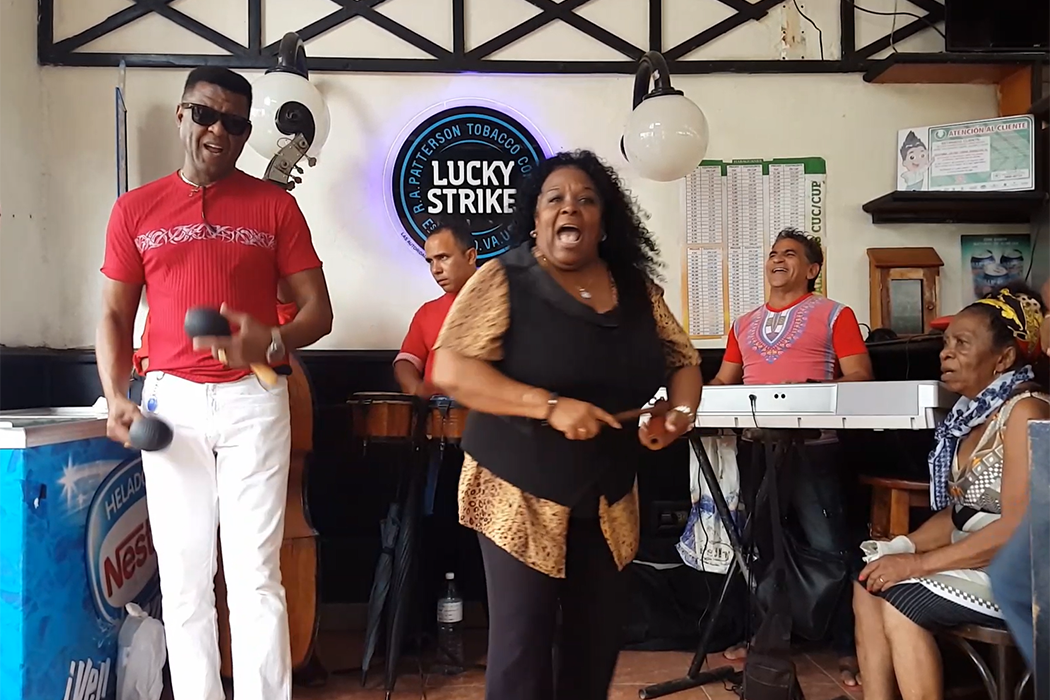

Here are some songs for you to feel the rhythm of Cuba!
- Omara Portuondo: https://www.youtube.com/watch?v=zErESNHzjXw
- Cimafunk: https://www.youtube.com/watch?v=OGa8g5dj5HM
- Compay Segundo: https://www.youtube.com/watch?v=c-L1Dj5a0n4
- Enrique Jorrín – https://www.youtube.com/watch?v=EzBv5DoTL4I
- Ibrahim Ferrer and Omara Portuondo: https://www.youtube.com/watch?v=SEQpp2xvWY0
- Gente de la Zona: https://www.youtube.com/watch?v=qj3zXu5nclE
